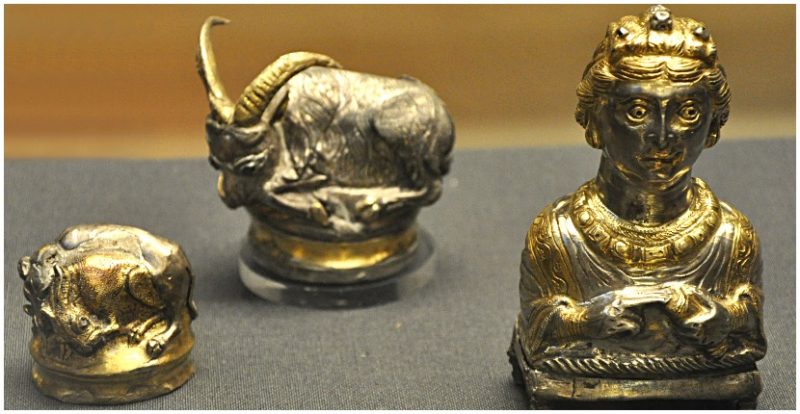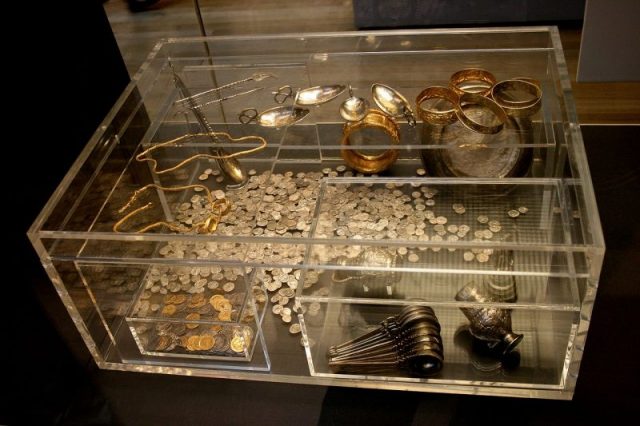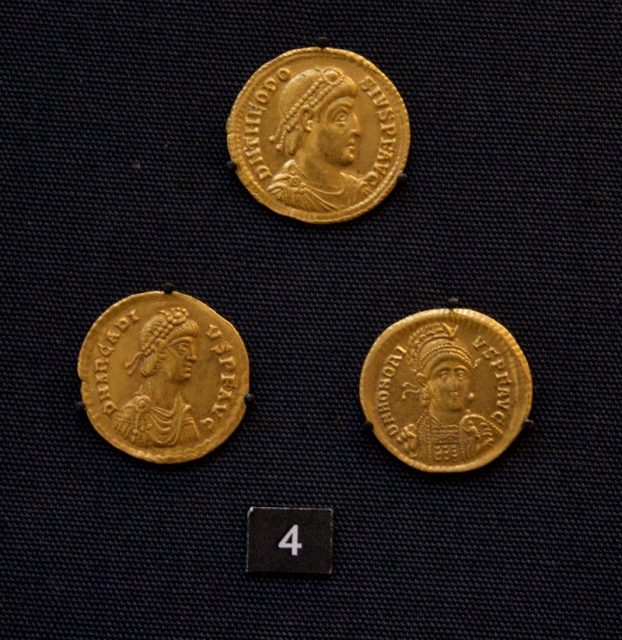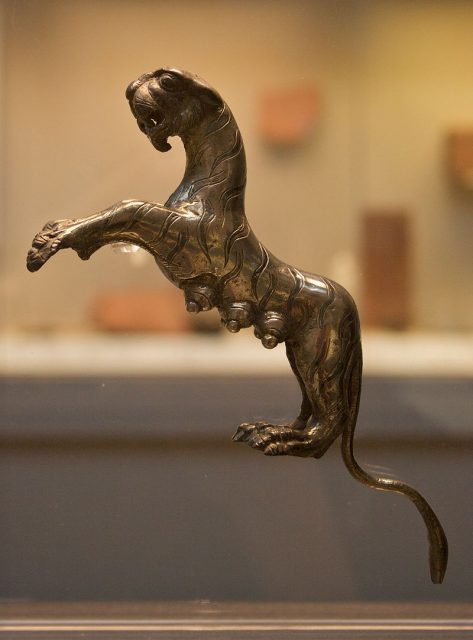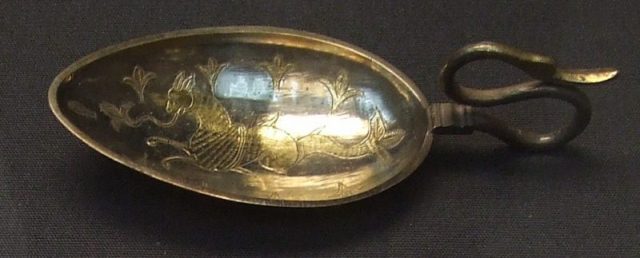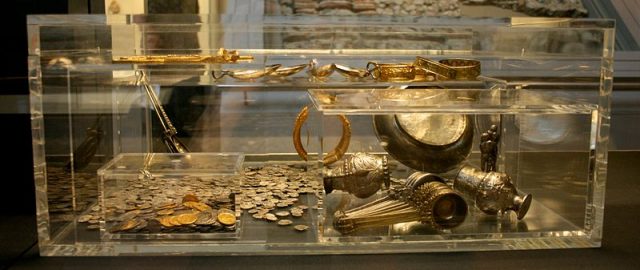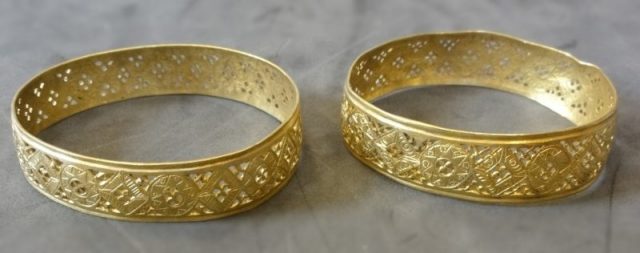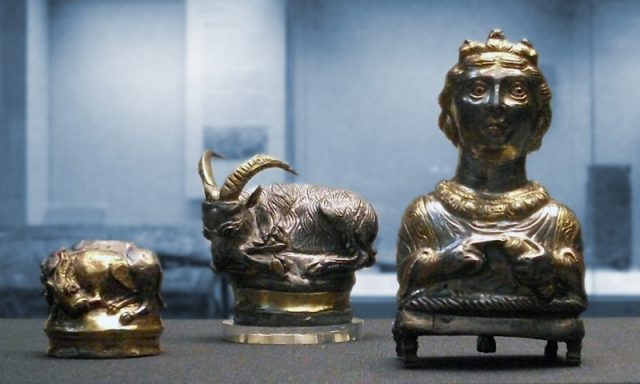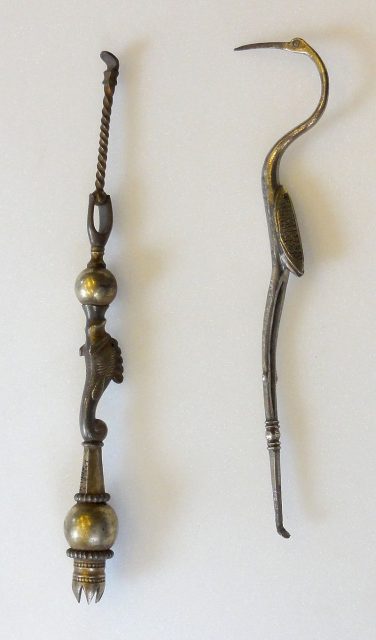
The North Water is a gripping five-part miniseries that aired in 2021, adapted from Ian McGuire’s 2016 novel of the same name. Set in the mid-19th century, the series takes viewers on a harrowing journey into the icy waters of the Arctic. With a compelling script written and directed by Andrew Haigh, the show explores themes of survival, morality, and human nature in the face of extreme adversity. Featuring standout performances from Colin Farrell and Jack O’Connell, The North Water is a dark and intense exploration of life in one of the harshest environments on Earth.
At the heart of the series is the story of Patrick Sumner (played by Jack O’Connell), a disgraced former doctor who embarks on a whaling expedition to the Arctic. Sumner seeks redemption after fleeing a troubled past, but he quickly finds himself in a moral struggle as he faces the brutal conditions of the voyage. As the ship, the Volunteer, journeys into the freezing waters, Sumner must contend with the violent crew members, most notably Henry Drax (played by Colin Farrell), a ruthless harpooner with a dark past. The dynamic between Sumner and Drax becomes one of the central conflicts in the series, as the two men grapple with their own sense of survival and morality.
The North Water excels in its portrayal of the harsh realities of life at sea during the 19th century. The series does not shy away from depicting the grueling, dangerous nature of whaling expeditions, where survival depends on brutal physical strength and the willingness to face unimaginable risks. The cinematography captures the desolation of the Arctic landscape, with vast ice fields and turbulent waters emphasizing the isolation and danger that the characters must endure. This bleak setting is a perfect backdrop for the psychological and moral dilemmas that unfold as the men aboard the Volunteer struggle to stay alive.

One of the most striking aspects of the show is its exploration of human nature under extreme conditions. The crew’s descent into violence, cruelty, and madness serves as a commentary on the dark side of survival. As the men are pushed to their limits, their actions become increasingly barbaric, reflecting the thin line between civilization and savagery. Drax, in particular, embodies this descent, showing a complete lack of empathy and a willingness to kill without remorse. Meanwhile, Sumner’s journey is a painful exploration of guilt, redemption, and the consequences of his past choices, as he finds himself torn between saving his own life and confronting the moral failings of those around him.

In conclusion, The North Water is a powerful and haunting series that blends historical drama with psychological thriller elements. Its exploration of survival, morality, and the human condition in the face of nature’s unforgiving extremes makes it a standout piece of television. With standout performances from Colin Farrell and Jack O’Connell, the series is an intense and thought-provoking look at the darkness within humanity. The bleak Arctic setting, combined with the psychological tension, ensures that The North Water remains an unforgettable and captivating viewing experience.
A Farmer’s Misplaced Hammer Led to the Largest Roman Treasure in Britain
